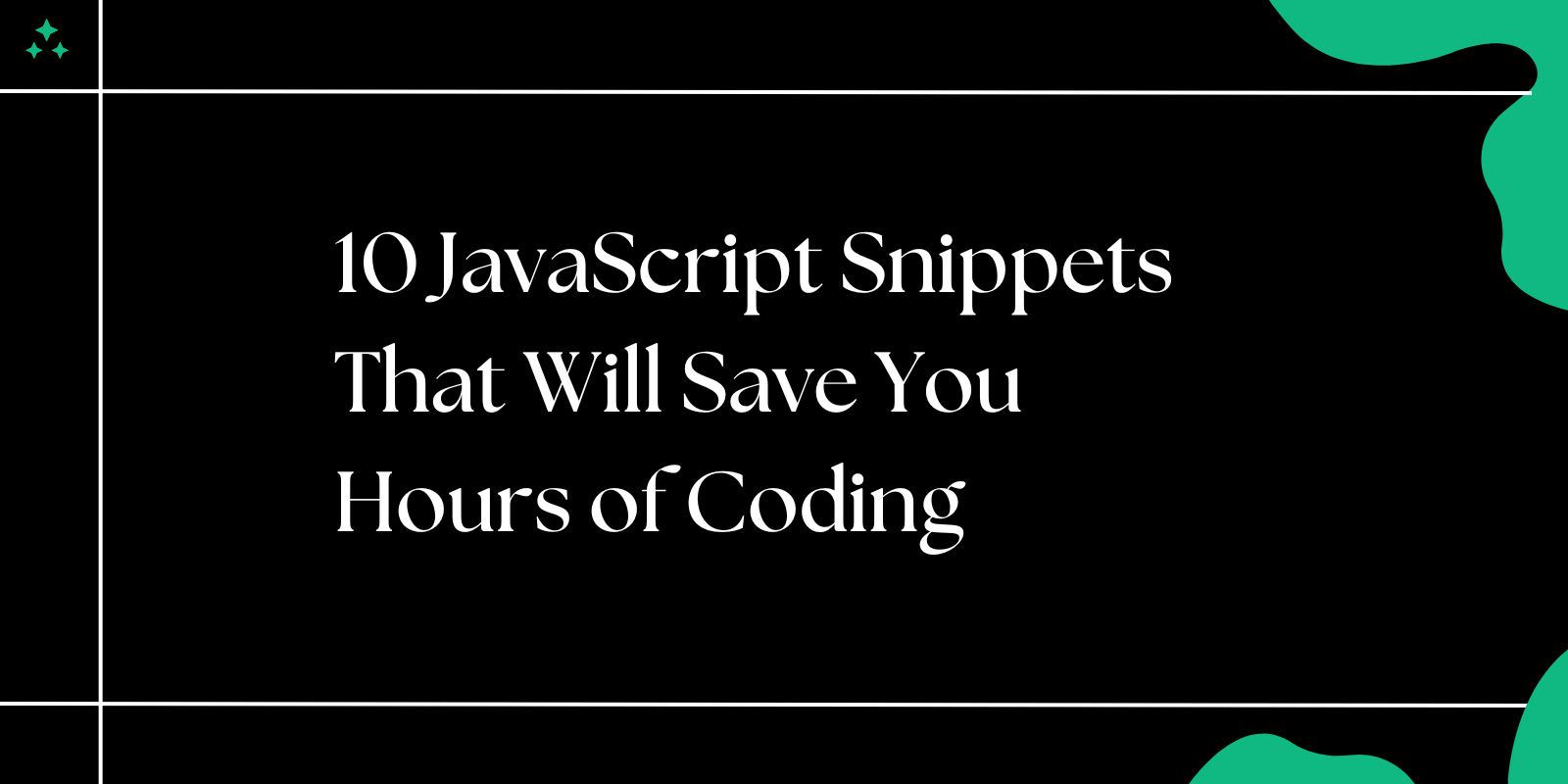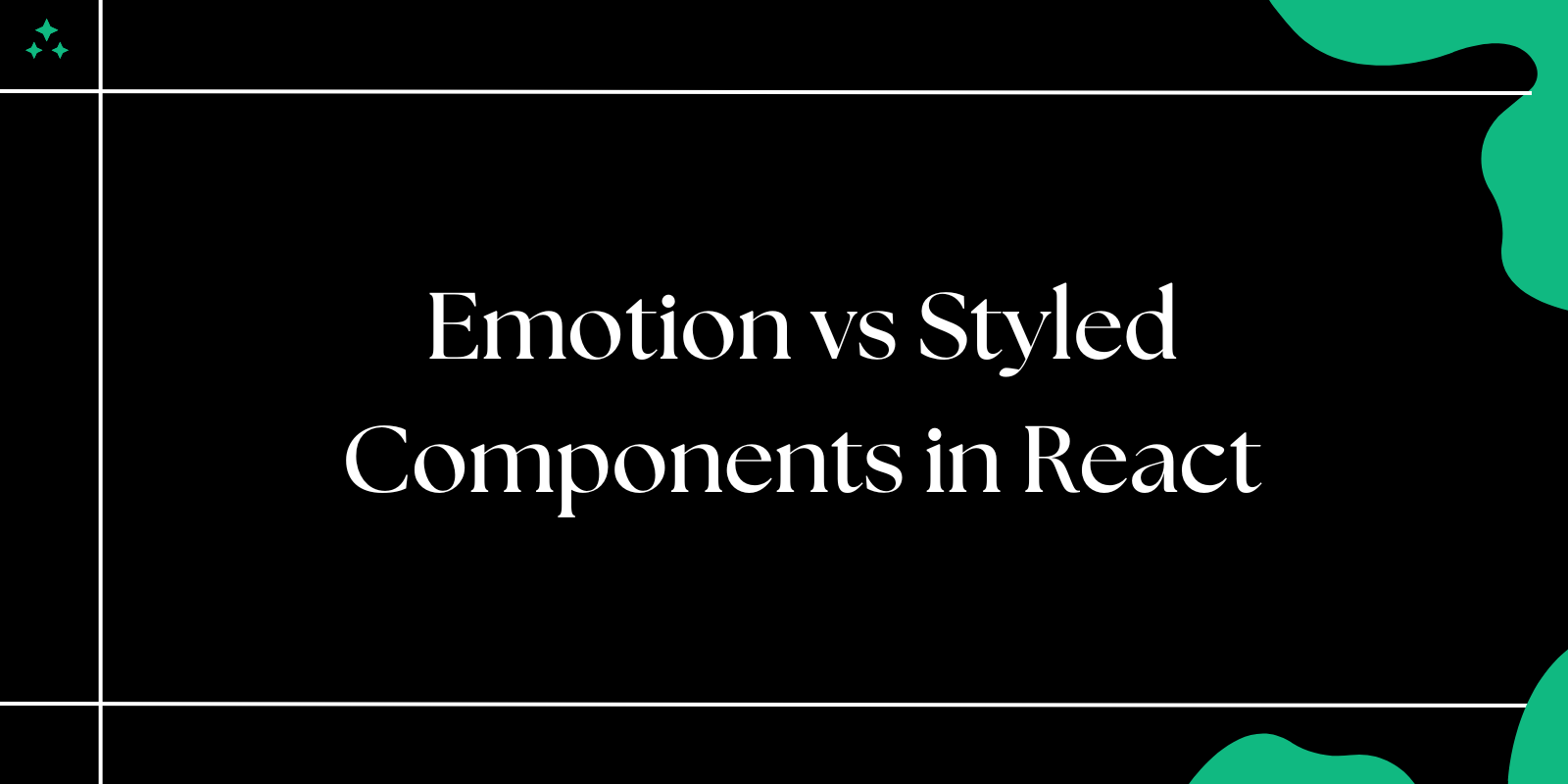Blade Directives You Didn’t Know Laravel Had
Laravel’s Blade template engine is known for its simplicity and elegance. While you might be familiar with common directives like @if, @foreach, and @extends, Laravel offers a wide range of lesser-known Blade directives that can make your views cleaner, more efficient, and easier to maintain.
In this guide, we’ll explore some hidden Blade directives that every Laravel developer should know.
What Are Blade Directives?
Blade directives are special syntax constructs that help simplify PHP logic in your templates. They translate to native PHP code when the view is compiled. Laravel provides built-in directives and allows you to define custom ones for more flexibility.
Blade Directives You Might Not Know
1. @isset and @empty
These directives help check whether a variable is set or empty, making your code concise.
@isset Example:
@isset($user)
<p>Welcome, {{ $user->name }}</p>
@endisset
Equivalent PHP:
if (isset($user)) {
echo '<p>Welcome, ' . $user->name . '</p>';
}
@empty Example:
@empty($cart)
<p>Your shopping cart is empty.</p>
@endempty
Equivalent PHP:
if (empty($cart)) {
echo '<p>Your shopping cart is empty.</p>';
}
2. @env
This directive checks the current environment. It's especially useful when displaying environment-specific features.
Example:
@env('local')
<p>You are in the local environment.</p>
@endenv
Check for multiple environments:
@env(['local', 'staging'])
<p>This feature is enabled in local or staging environments.</p>
@endenv
3. @switch,@case, and @default
Laravel provides a cleaner syntax for switch-case logic using these directives.
Example:
@switch($status)
@case('active')
<p>Status: Active</p>
@break
@case('inactive')
<p>Status: Inactive</p>
@break
@default
<p>Status: Unknown</p>
@endswitch
Equivalent PHP:
switch ($status) {
case 'active':
echo '<p>Status: Active</p>';
break;
case 'inactive':
echo '<p>Status: Inactive</p>';
break;
default:
echo '<p>Status: Unknown</p>';
}
4. @auth and @guest
These directives simplify user authentication checks.
@auth Example:
@auth
<p>Welcome, {{ Auth::user()->name }}</p>
@endauth
@guest Example:
@guest
<p>Please log in to access this feature.</p>
@endguest
5. @once
Ensures the enclosed block runs only once, even if the directive is inside a loop.
Example:
@foreach($users as $user)
@once
<h2>User List:</h2>
@endonce
<p>{{ $user->name }}</p>
@endforeach
Output:
<h2>User List:</h2>
<p>User 1</p>
<p>User 2</p>
6. @error
Checks for validation errors for a specific field, making error handling easier.
Example:
<input type="text" name="email">
@error('email')
<p class="error">{{ $message }}</p>
@enderror
7. @class
Introduced in Laravel 8, this directive dynamically adds CSS classes based on conditions.
Example:
<div @class([
'alert',
'alert-success' => $isSuccess,
'alert-error' => !$isSuccess,
])>
{{ $message }}
</div>
Equivalent PHP:
$class = 'alert ';
$class .= $isSuccess ? 'alert-success' : 'alert-error';
8. @push and @stack
Use these directives to inject content into specific sections from child views. This is great for adding scripts or styles dynamically.
Parent View:
<html>
<head>
@stack('styles')
</head>
<body>
@yield('content')
@stack('scripts')
</body>
</html>
Child View:
@push('styles')
<link rel="stylesheet" href="/css/custom.css">
@endpush
@push('scripts')
<script src="/js/custom.js"></script>
@endpush
9. @php and @endphp
Allows inline PHP code execution in Blade views.
Example:
@php
$total = $price * $quantity;
@endphp
<p>Total: {{ $total }}</p>
10. @json
Converts PHP arrays or objects to JSON format directly in Blade.
Example:
<script>
let userData = @json($user);
</script>
Equivalent PHP:
echo '<script>';
echo 'let userData = ' . json_encode($user) . ';';
echo '</script>';
Custom Blade Directives
You can create your own Blade directives to simplify repetitive tasks.
Example: Currency Format Directive
Define in AppServiceProvider:
use Illuminate\Support\Facades\Blade;
Blade::directive('currency', function ($amount) {
return "<?php echo '$' . number_format($amount, 2); ?>";
});
Use in Blade View:
<p>Price: @currency(1234.56)</p>
Output:
Price: $1,234.56
Best Practices for Using Blade Directives
- Keep Logic in Controllers: Avoid complex logic in Blade. Use directives for simple conditionals and loops.
- Use Custom Directives Judiciously: Only create custom directives when it improves readability or reusability.
- Combine Directives for Clean Code: Utilize nested or conditional directives to write concise templates.
- Test Your Views: Always test your Blade views across all states (e.g., with and without authentication).
Conclusion
Laravel’s Blade directives are more than just @if and @foreach. By leveraging these lesser-known directives, you can write cleaner, more maintainable, and efficient templates.
Explore these directives in your projects to enhance your development workflow and improve the readability of your Blade views.



